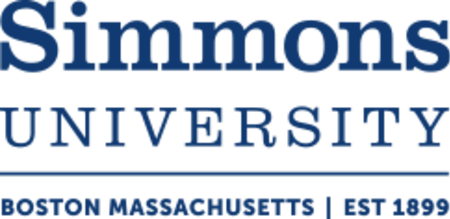Simmons University

Simmons University (previously Simmons College) is a private university in Boston, Massachusetts. It was established in 1899 by clothing manufacturer John Simmons. In 2018, it reorganized its structure and changed its name to a university. Its undergraduate program is women-focused while its graduate programs are co-educational. Simmons is accredited by the New England Commission of Higher Education. Admission is considered moderately difficult; as of 2020, 83 percent of applicants to undergraduate programs were accepted.The university is divided into two campuses in the Fenway-Kenmore neighborhood totaling 12 acres (4.9 ha), one of which has five academic buildings and the other of which has nine Georgian-style residential buildings.The university enrolls approximately 1,736 undergraduates and 4,527 graduate students. Its athletics teams compete in NCAA Division II as the Sharks.
Excerpt from the Wikipedia article Simmons University (License: CC BY-SA 3.0, Authors, Images).Simmons University
Blackfan Street, Boston Fenway / Kenmore
Geographical coordinates (GPS) Address External links Nearby Places Show on map
Geographical coordinates (GPS)
| Latitude | Longitude |
|---|---|
| N 42.3398 ° | E -71.1002 ° |
Address
Simmons University
Blackfan Street
02120 Boston, Fenway / Kenmore
Massachusetts, United States
Open on Google Maps




